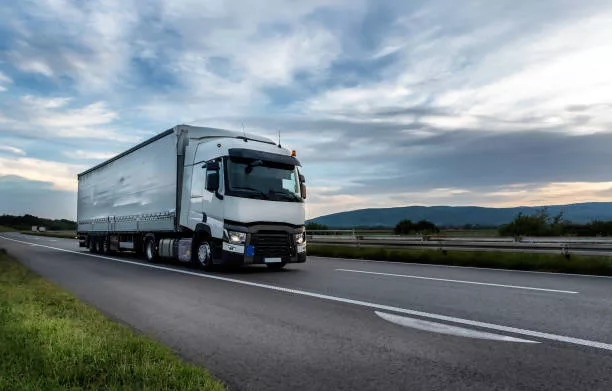The Environmental Protection Agency (EPA) has unveiled its latest measures in the battle against climate change, focusing specifically on the transportation sector. The newly finalized Phase 3 greenhouse gas regulations are set to reduce emissions substantially by 2032. Under these new rules, emissions from vocational trucks, such as delivery vans and school buses, could see reductions between 32 to 62 percent compared to 2024 benchmarks. Tractor-trailers could also see a drop in emissions by 9 to 40 percent. If predictions hold true, we might witness the rise of electric trucks, with estimates suggesting that over 623,000 could be on our roads by 2032, representing over a third of new truck sales. However, these numbers are largely contingent on manufacturers’ compliance strategies and the support of complementary policies.
Transitioning to Zero-Emission Trucks
Despite the ambitious targets, the EPA’s final regulation might not fully leverage the current momentum toward zero-emission trucks. Key initiatives like the Joint Office of Energy and Transportation‘s infrastructure deployment strategy aim to facilitate the shift, while sales requirements in various states ensure a gradual increase in zero-emission truck sales. Unfortunately, the EPA’s ruling still leaves the future of a zero-emission freight sector in question, particularly as it delays providing California a waiver for its Advanced Clean Fleets program, causing uncertainty for states ready to take the lead in the absence of federal action. A comprehensive strategy devised by the Biden administration is vital to refocus efforts on a zero-emission freight sector that is inclusive and does not disregard communities disproportionately impacted by fossil-fuel-dependent freight transport.
Breaking Down the Fluctuations in EPA’s Rule Proposals
The EPA’s proposed regulation from last spring has undergone several changes, resulting in a mixed bag of impacts. Overall, these adjustments hint at an increased prevalence of diesel trucks on the roads, potentially sidetracking the electrification of tractor-trailers and clouding necessary investment decisions for electrifying freight corridors. Frustratingly, the rule now encompasses more generous provisions for credits and incentives, complicating the initial intent to stimulate the adoption of zero-emission trucks.
The EPA Sets a Technology-Neutral Standard
By adopting a technology-neutral approach to greenhouse gas emissions reductions, the EPA’s rule does not specifically mandate electric vehicles (EV). Manufacturers can select from a multitude of technologies to meet standards, many of which won’t address the immediate pollution issues plaguing communities today. While EVs may emerge as a preferred solution among manufacturers due to cost-effectiveness, it’s the individual state mandates that are laying the groundwork for EV adoption, questioning whether the EPA rule will truly drive a notable increase in electric truck deployment.
Assessing the Impact on Electric Truck Deployment
Evaluating the potential influence of the EPA’s rule reveals a complex picture. Manufacturers’ compliance methods will determine the rule’s effectiveness in promoting zero-emission vehicles. Through various scenarios explored by the Union of Concerned Scientists, we find that while EV deployment is possible under the new rules, the expected number of electric trucks is significantly lower than what the EPA projects. The greatest concern lies with heavier vehicles, where lax regulations fail to exert sufficient pressure for electrification, leaving a chasm between states with robust zero-emission policies and those who are lagging behind.
Electric Trucks as the Optimal Solution for Freight Harm
Electric trucks stand out as a powerful means to alleviate the detrimental impacts of freight transportation. They offer a significant opportunity to curtail greenhouse gas emissions and combat the pervasive pollution stemming from thousands of trucks that crisscross communities. Yet, the current EPA rule misses the chance to adopt a coordinated approach that could usher all new trucks towards zero-emissions, neglecting a strategy that considers multipollutant impacts.
Forging a Comprehensive Zero-Emission Freight Strategy
The EPA’s rule, while a step in the right direction, represents only one part of the broader landscape. The success of this regulation in fostering electric truck deployment depends heavily on manufacturers’ compliance strategies. What’s urgently needed is a comprehensive strategy that aligns with the administration’s commitment to environmental justice. This involves collaborative planning around a national charging infrastructure, addressing emissions from various sources within the logistical ecosystem, and actively incorporating input from communities most affected by freight sector pollution. Ultimately, only a unified, cohesive approach will achieve a just transition to a fully zero-emission freight sector, an endeavor that the Biden administration must lead with communities’ voices at the forefront.
